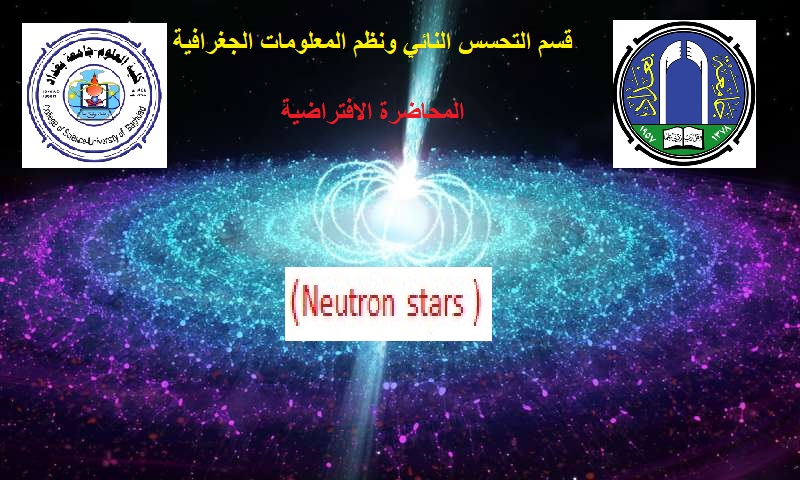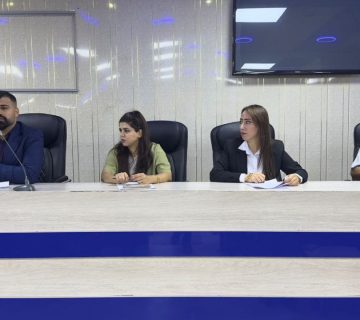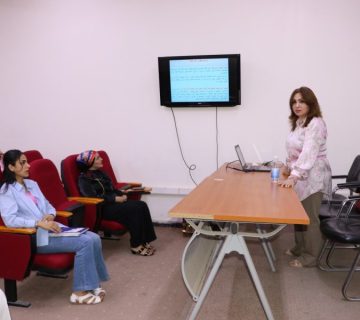The department of remote sensing and geographic information systems in collaboration with the continuing education and Ibn Sina units held a workshop transmitted via Google Meet service on “Neutron Stars” with the participation of a number of students and specialists in astronomy and geography. The lectures were delivered by the researcher Marwa Mudhar with the purpose to introduce neutron stars formed by the collapse of a high-density star that has a high mass (1-3) with a radius of about (9-15 km).
The researcher addressed the several types of neutron stars: the radio pulsars characterized by high magnetism and that fall in three types, namely recycled pulsars, millisecond pulsars and magnetar that are different from each other by age, gloss and magnetic field, adding that the magnetic stars are young stars compared to the millisecond pulsars that have a larger magnetic field and a higher gloss. The most important phenomena that occur in neutron stars is the apparent irregularity of pulses which is known as a sudden increase in the rotational frequency (φ) of the neutron star, noting that this phenomenon might do not appear in millisecond pulsars because they can be dated back to ancient times.











